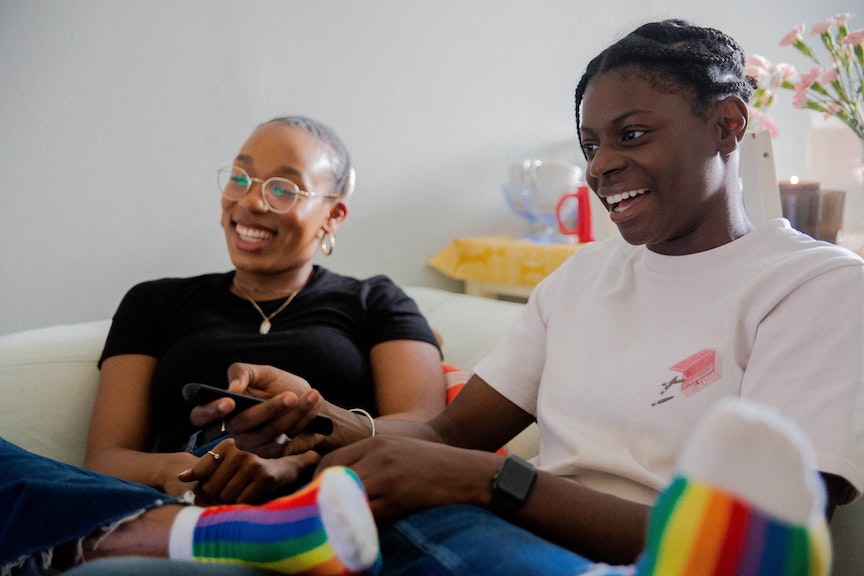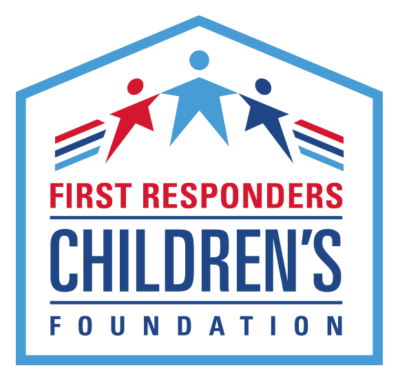Jan 14, 2022
The Best Times To Send Text Messages: A Memoir

Text messaging is a powerful communication tool. It has an immediacy that is ideal for creating a deeper connection with your donors and supporters. Strong content for text messages can include quick updates, alerts, breaking news, information and resources, stories about beneficiaries of your organization, and sending out an ask for gifts to support a campaign or program. Whether you use mobile messaging as part of your communication strategy for events, advocacy, or volunteer coordination, you want to make sure that you’re texting at a time that gets you results. Texts should lead to interaction and a response to your calls-to-action to help maximize engagement and minimize your unsubscribe rate.
When we say text messaging has an immediacy, we’re not kidding! Most people check their phones an average of 52 times a day.1 Plus, 95% of texts are read within the first 3 minutes.2 That’s why the timing of sending your texts is so important.
The general best practice for sending text messages is to avoid busy times. You want your text to arrive during or just before one of those 52 times a day they’re checking their phone. In many ways, this follows similar best practices of social media. When people are checking their phones for texts and emails, they’re also likely to be checking the mobile apps of their favorite social media platforms.
The most common times are:
- In the morning – aim for before work, around breakfast but before they’re stuck in their commute.
- During lunch break – try to catch them before or after their meal when they have a moment to think of something other than their work.
- Around the “3 o’clock slump” – a common slow-down period for most people is the mid-afternoon when many will take a 15-minute break.
- After work – in the early evening, either before or after dinner, is another good chance to catch people when they can unwind and take a moment to read or watch something.
One of our favorite times is Friday afternoons, 11 am – 4 pm as research shows this time tends to generate high levels of interaction on social media as people gear down from their work week and gear up for their weekend.3
Least common times, or times we generally recommend avoiding:
- Early morning – you don’t want a potential donor to be awakened early by their phone alerting them of your text.
- Late at night – once again, you don’t want to wake someone up with your text. The old rules of appropriate times to call someone apply here, too.
- Weekends – some people unplug on the weekends or go out of town, and can be less accessible and responsive. There are also religious traditions that reserve certain weekend days as days of rest, with technology often being discouraged.
- Holidays – unless you are sending a text that explicitly acknowledges or celebrates the day, it’s best to avoid major holidays. Engagement can be lower due to travel and family gatherings.
Don’t assume that the most common is the best for your donors and constituents. Whenever sending a text, consider who is your audience.
Here are some questions to ask yourself when assessing the best time for the recipients of your unique text messages.
- What time zone are they in?
Is it the same time zone as your organization?
If they’re spread across multiple zones, you’ll either want to segment your list by time zone or schedule your text to go out at a time that will work for each one. - What is their schedule?
The above assumes a traditional 9-5 job, but that doesn’t apply to everyone. Some careers don’t have that afternoon slow-down period around 3:00 PM. You can’t account for everyone’s work schedule, but if you are texting a group segmented based on their profession or whether they’re a college student, it may suggest a different time. If your segment observes religious holidays or days of rest, you’ll want to make sure you schedule your texts accordingly depending on whether your text is acknowledging the day or not. - What is your content?
The actual content of what you’re texting might help inform your best time. If you’re texting advance notification about early bird tickets going on sale, you might text in the morning so purchasers see it first thing before they’ve left for work. If you’re linking to an emotional video, you might think it best they watch it at home, so you’ll send it in the afternoon or evening. If you’re texting about a day of giving, you might be able to get away with a text later at night as a last-chance reminder. Imagine getting the text yourself and when getting it would be most impactful and most helpful.
Ultimately, there is no one-size-fits-all answer. You may need to experiment with some to find the time that clicks most. Don’t give up too soon! Use trackable links and watch your analytics to learn what works best. Over time, with consistent texting, you’ll discover what your donors and constituents respond best to. As patterns are established, your supporters will come to expect to hear from you and they’ll look forward to your reading your text messages.
Related



